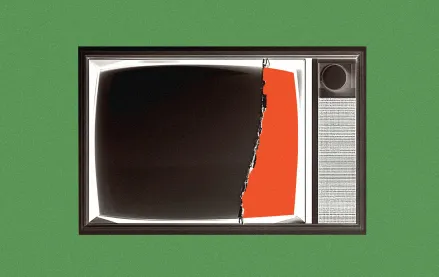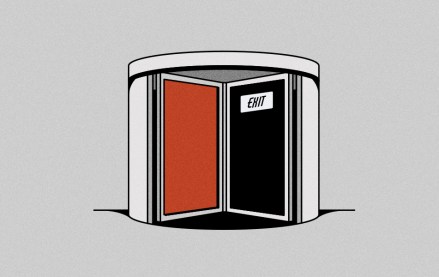IPG CEO caught Omnicom CEO ‘with his trousers down’: S4 Capital’s Martin Sorrell casts further doubt on IPG’s $13B price tag

S4 Capital CEO Martin Sorrell is treating the Omnicom-IPG deal like a piñata — and he’s not short on swings. Ever since the deal was announced, he’s been relentless in picking it apart, repeatedly questioning Omnicom’s rationale.
His latest swing came at the Ad Tech Economic Forum in London yesterday (Feb. 6) where he once again questioned whether Omnicom CEO John Wren would ever get his money’s worth — especially when his rivals at Publicis Groupe didn’t think IPG was worth the $13 billion price tag.
“If it’s true what [Maurice] Levy and [Arthur] Sadoun said — that they weren’t interested [in IPG] — then [IPG CEO Philippe] Krakowsky caught Wren with his trousers down,” mused Sorrell.
Crass? Sure. But it marks a shift from Sorrell’s initial reaction to the deal in December, when he told Business Insider that Wren was a “wild old fox.” That was back when Sorrell believed Wren had outmaneuvered Krakowsky, leveraging Omnicom’s strong position to scoop up a struggling IPG at a discount. Now, he seems to think it was Krakowsky who got the better end of the deal.
The reason was the numbers. In Omnicom’s stock market filing for the deal, IPG’s commercial prospects were laid bare: Revenue is projected to decline by 3.7% in 2025, dropping to $8.86 billion from $9.2 billion in 2024. From Sorrell’s vantage point, it all adds up to one thing: Wren is shelling out billions for a business that’s only heading downhill — making an already risky bet look even shakier.
“No one has written the story about how much business IPG has lost over the last two years — Verizon, Amazon, Coca-Cola, Johnson & Johnson, Pfizer — it [the list] goes on forever,” said Sorrell. “It’s probably about $1.5 to $2 billion that has yet the P&L [of IPG]. You see it in the proxy disclosures.”
Had Wren waited for those losses to materialize on IPG’s balance sheet — i.e. around the second quarter — he may have not had to give up as much of the combined company to IPG shareholders. As it stands, Omnicom investors will own around 60.6% of the combined company, while IPG’s will own roughly 39.4%.
At this stage, all the speculation is moot. The deal is agreed, and subject to regulatory approval. If it clears, the real story won’t just be about valuation — it’ll be about the ripple effects from internal shake-ups to how competitors reach.
“There’s no guarantee that they [Omnicom and IPG] keep the customers that they currently have, and there’s no guarantee that this [deal] helps them,” said Tom Triscari, a senior advisor at investment bank and advisory firm Landmark Ventures and one of the founders of the Ad Tech Economic Forum event.
Longer term, an Omnicom-IPG behemoth will cement a split that’s been brewing in the holdco world for years. On one side, there are the giants built to serve enterprise clients who want a single partner across markets. On the other there are the challengers fighting for specific budgets, slotting into broader agency rosters. The industry’s tectonic plates are shifting — and this deal might just be the final push.
More in Marketing

Pitch deck: How Amazon is recasting Twitch as a core part of its CTV pitch
Amazon is positioning Twitch as a defining asset in its CTV ambitions.

Netflix transforms former mall department stores into experiential venues
The location in Dallas opens this week, and one at the King of Prussia mall near Philadelphia opened last month.

Future of Marketing Briefing: AI has created a new talent paradox in programmatic agencies
The job isn’t execution anymore. AI handles that. The job is judgement.








